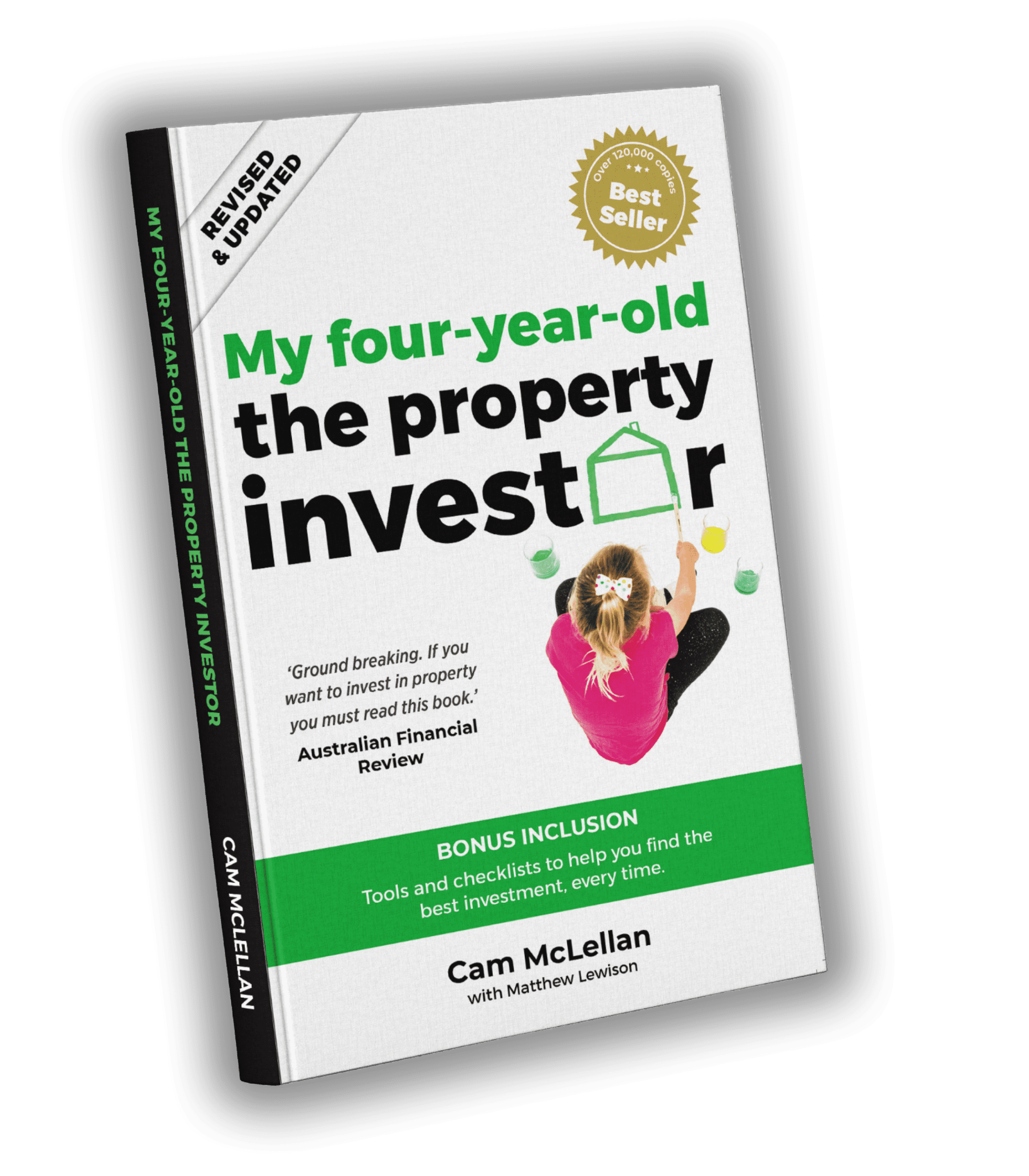Here’s how to make a confident property investment in the wake of media gloom and doom.
News headlines consistently paint the picture of an Australian property market in extremes; Housing bubble’s, property bust’s, renting for life… not a week passes when we don’t read a property horror story.
But let’s be clear: the media so often misunderstands the nuances of the market. We’ve seen stable markets being called ‘booms’, growth markets deemed ‘out of reach’ and we’ve truly lost count of how many times we’ve heard that ubiquitous phrase ‘in a bubble.’
As property investors, it’s our job to stay current, and in today’s information age, media outlets are often some of the most visible sources of property market information and education. But when it’s all doom and gloom, it’s critical to look objectively at the media and cross reference it with holistic data.
Step 1: Understand market cycles
The Australian property market doesn’t have an ‘on/off’ button. Like any major market, it fluctuates. It enjoys periods of growth and it levels during periods of price correction. Instead of wholly relying on the media, it’s important to get on the front foot by conducting research of your own. Start by mining the data from past property market cycles.
Market cycles 101: Market cycles explained.
The Australian property market typically evolves in 7-10 year cycles, with properties in major capital cities historically doubling every decade.
Property market cycles are driven by a range of factors including interest rates, area desirability, socioeconomic factors and, of course, whether or not the market is currently experiencing a period of growth or correction.
Australian property market data tips:
- Don’t be sucked in to think that the Australian property market is generalisable. Each capital city has its own property market cycle
- Identify the cycles within each area: different areas, price ranges and property types work in a cycle pattern
- Understand that a cycle is usually made up of 3 different stages: a period of strong growth, a period of correction, and a period of low growth. All of which encompass a typical 7-10 year cycle.
Step 2: Act soon
When you compare Australian property market prices from 10 years ago with property prices today, it’s clear that property investment is a game of patience, planning and proactiveness. There will be changes in the market, and when these changes occur you need to put your research lens on and assess and determine if the market is simply entering a phase of the property market cycle.
Know the market 101: October 2017 property market update.
Property investment doomsayers have historically been incorrect. Remember, it’s the media’s job to sell papers. Take in the infomation, but look at it in a holistic sense.
This comes as no surprise when you consider their vested interests: generating excitement and/or fear = pageviews = sales. Smart planning, based on relevant data and a proven process, is always the key to getting confident with property investment.
Start your property investment journey today.
Talk to a trusted property investment expert before kicking-off any property investment strategy. There’s a lot to consider, and OpenCorp can help.
Contact us today or watch our video on how to select a property using the Market, Area & Property (M.A.P) process.








